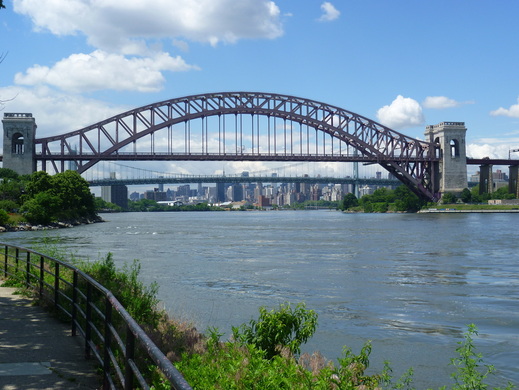 A breathtaking approach to Manhattan, along the East River in Astoria in Queens.
A breathtaking approach to Manhattan, along the East River in Astoria in Queens. 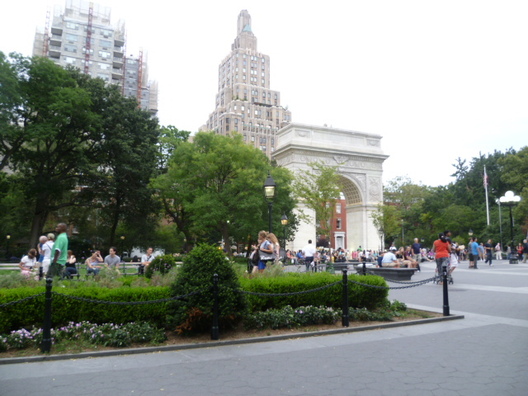 World-class quality: Washington Square Park after its recent renovation.
World-class quality: Washington Square Park after its recent renovation. 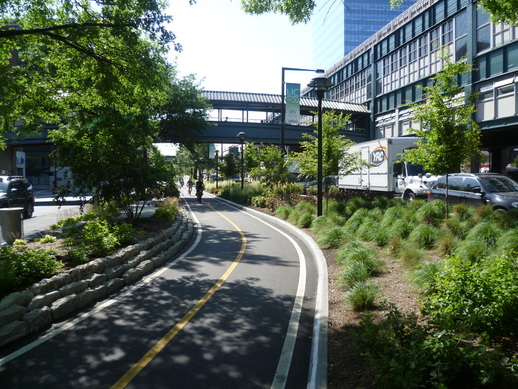 Bike path in Long Island City, Queens, right off the Queensboro Bridge bicycle path.
Bike path in Long Island City, Queens, right off the Queensboro Bridge bicycle path. 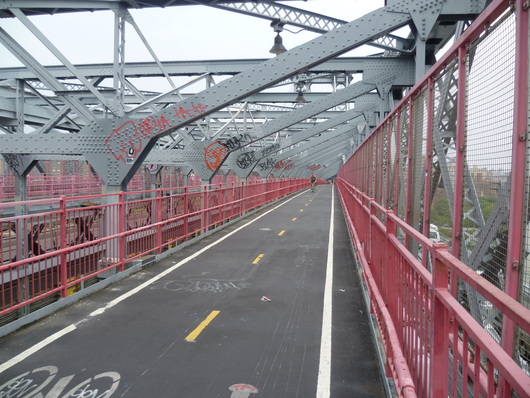 Bike path on the Williamsburg Bridge, connecting Manhattan to Brooklyn.
Bike path on the Williamsburg Bridge, connecting Manhattan to Brooklyn. 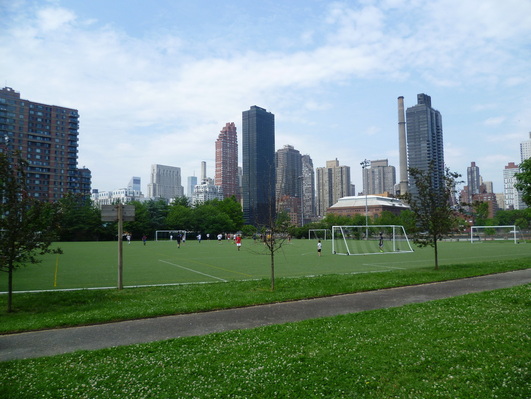 A soccer pitch in a park on Roosevelt Island, with a view of Manhattan.
A soccer pitch in a park on Roosevelt Island, with a view of Manhattan. 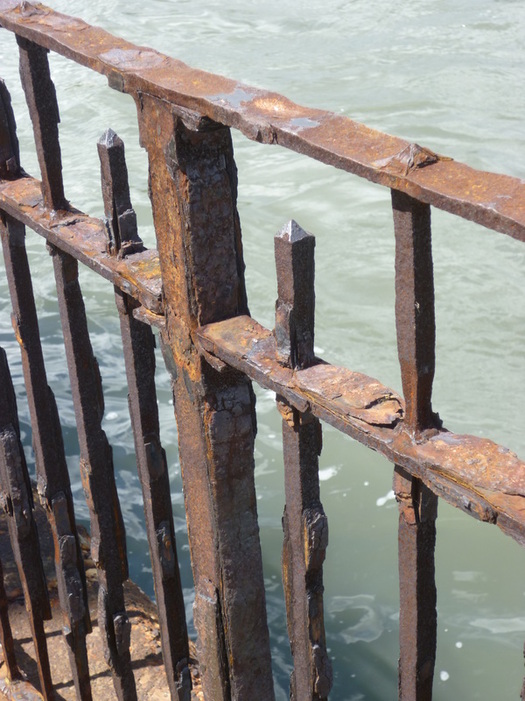 Corroding iron fence, sadly typical of waterfront infrastructure in much of New York.
Corroding iron fence, sadly typical of waterfront infrastructure in much of New York. 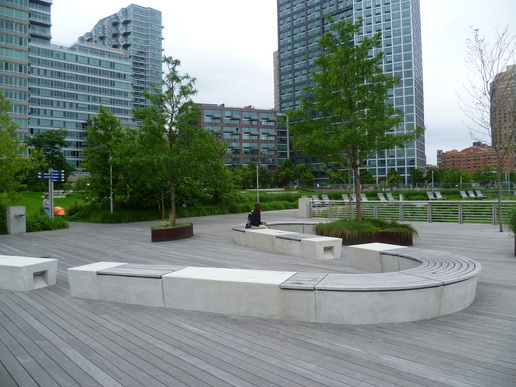 New park on the waterfront in Long Island City, Queens.
New park on the waterfront in Long Island City, Queens. 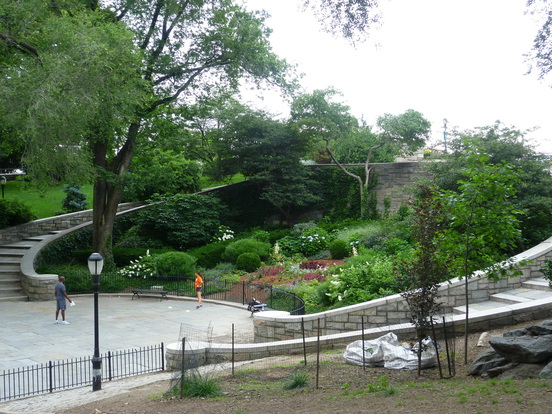 Carl Schurz Park, on the Upper East Side along the East River, nearing final restoration.
Carl Schurz Park, on the Upper East Side along the East River, nearing final restoration. 
 RSS Feed
RSS Feed

